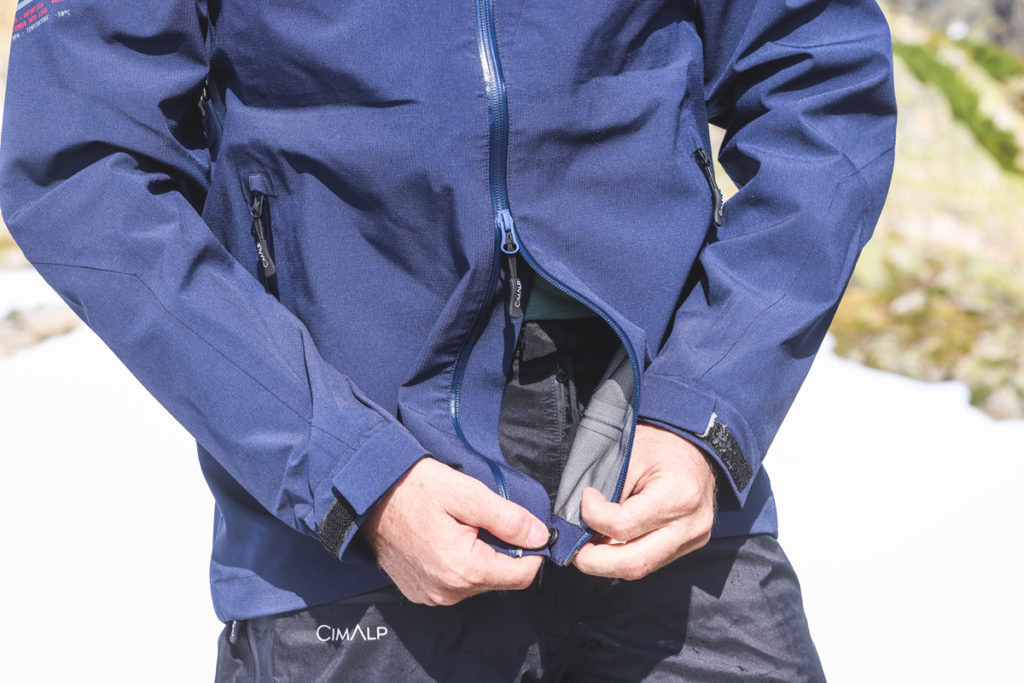Waterproofing of hiking clothes
When hiking, especially in the mountains, the weather is often unstable. You should therefore dress accordingly by choosing clothes that are adapted to the outside elements. To cope with bad weather, it is important to have waterproof clothing. The choice of this type of clothing will depend on the weather, the temperature, the intensity of the effort, the type of hiking and the outdoor environment. Find out more about the waterproofing of hiking clothing.

Differentiating between water repellency and waterproofness
Waterproof hiking clothing can be either water repellent or waterproof. It is important to know the difference between these two concepts before choosing your clothing.
Water repellency is the ability of a fabric to allow water to slide off it. This prevents it from absorbing water and becoming heavy. However, a water-repellent garment will not withstand a long rainfall, its capacity is limited. In addition, it must be treated regularly so that it does not lose its water-repellent capacity. You can use water-repellent garments for short hikes or when you are unlikely to encounter a downpour.
Waterproofing is the ability of a fabric to keep water out. It can absorb water, but will not let it pass through the garment. A waterproof jacket has millions of pores, designed to be smaller than the drops of water so that they cannot pass through it. Waterproof hiking clothing is designed to allow for breathability, an essential feature for the activity. It is better to choose a waterproof jacket rather than a raincoat, which is not breathable at all.
Choosing a waterproof and resistant membrane
Waterproof materials are made with a membrane. Membranes are nowadays extremely sophisticated. They are designed to contain millions of microscopic pores per cm². The pores must be large enough to allow water vapour caused by perspiration to escape, but small enough to prevent rain from entering. A jacket or trousers with a good membrane is both waterproof and breathable.
Waterproof jackets underwent a revolution with the introduction of Gore-Tex® technology in 1970. Gore-Tex® products were the first to combine waterproofing, windproofing and breathability. Today, the brand remains the benchmark for waterproof clothing. Many outdoor brands have also developed their own technology similar to Gore-Tex®. You can therefore choose garments equipped with OutDry™ membranes for Columbia clothing, FuturLight™ for The North Face or the Ultrashell® designed by Cimalp. The latter guarantees a waterproofness of 80'000MVP and a waterproofness of 20'000 Schmerber. It will accompany you on all your adventures without any problem.
Measuring the waterproofness of hiking clothing
To measure the waterproofness of hiking clothing, tests are carried out. The best known and most widely used is the water column test. This test consists of placing the fabric under a column of water and determining at what point the drops will start to pass through the fabric. The greater the height, the more impermeable the fabric will be. The unit used to measure the impermeability of the fabric is the Schmerber. One Schmerber is equivalent to a water height of 1 mm. If the waterproofness of a fabric is very effective at 10,000 mm, a garment is considered to be completely waterproof at 20,000 mm.
Waterproofness can be found in the technical specifications of a hiking garment:
2,000 mm: The fabric is resistant to light rain. Protection is sufficient if you are going on a day trip and do not expect to face heavy rain.
10,000 mm: The garment is waterproof. It is suitable for a mid-mountain hike, a seaside hike or a few days trekking.
20,000 mm: The fabric is completely waterproof. You can wear it to face all the bad weather in the high mountains: gusts of wind, freezing rain and snow.
30,000 mm: These garments are reserved for extreme conditions and are not very common.
It is important to wear weatherproof clothing when hiking. You can choose your hiking jacket or trousers and its waterproofing resistance according to the type of hiking you do. Investing in waterproof and breathable clothing allows you to enjoy hiking in good conditions.
